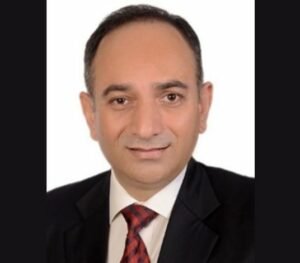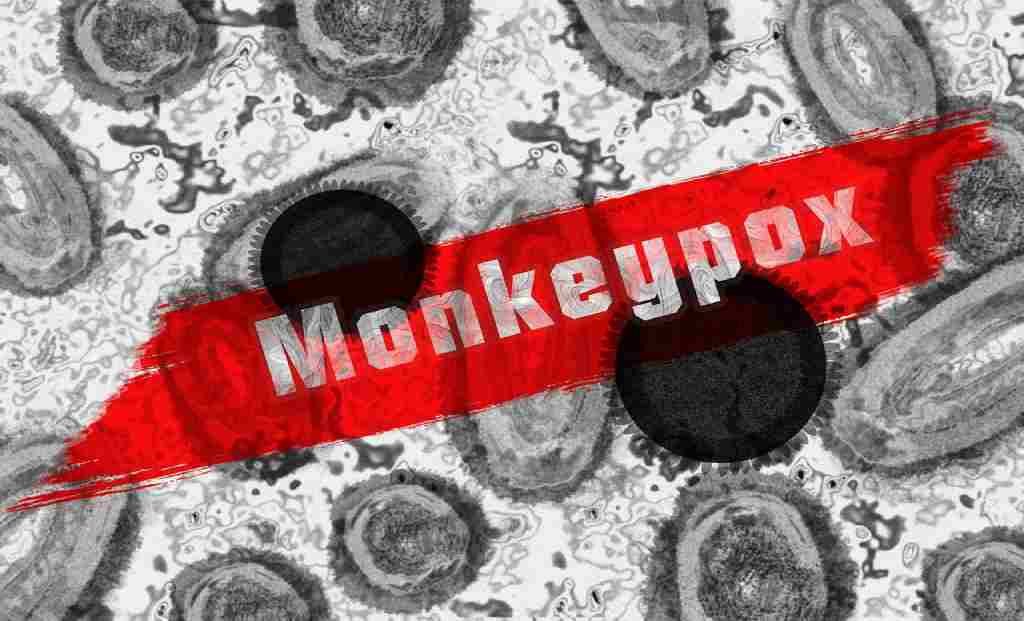The number of Monkeypox cases is on the rise with over 550 cases across 30 countries reported so far. According to Adhanom Ghebreyesus, Director-General of World Health Organization, the sudden appearance of Monkeypox in several countries is a cause of concern as this indicates the virus has been spreading undetected for some time now. To understand more about it, HealthWire spoke to Dr. Samir Dwivedi – Medical Director, India – International SOS. Here are the excerpts:

Monkeypox Outbreak Raises Concerns – Symptoms, Transmission, and Measures
Monkeypox Outbreak Raises Concerns
Identifying the Symptoms and Warning Signs
As the monkeypox outbreak continues to spread, health authorities are urging the public to be vigilant about identifying its symptoms and warning signs. The virus, which has similarities to smallpox but with distinct differences, has already affected several countries, raising concerns among health professionals and the general public.
Symptoms and Course of the Infection
The symptoms of monkeypox typically begin with fever, headache, muscle aches, and body pains, accompanied by swollen glands and a feeling of exhaustion. Within a few days, patients may develop a rash that starts on the face and spreads to other parts of the body. These rashes can vary in appearance, from reddish spots to fluid-filled lesions that later turn into pus-filled lesions before drying out. The infection usually lasts for 2-4 weeks, and fatalities are uncommon, especially among individuals with a strong immune system.
Differentiating Monkeypox from Smallpox
While monkeypox shares similarities with smallpox, it can be distinguished by one significant difference – the enlargement of lymph nodes. This condition, called lymphadenopathy, is not observed in smallpox cases. Moreover, it’s crucial to note that smallpox has been eradicated globally.
Transmission and Prevention Measures
Monkeypox can be transmitted through direct contact with wounds or body fluids, as well as respiratory droplets during prolonged face-to-face interactions. In addition, sexual contact, hugging, handling infected animals, and using products made from infected animals can also spread the virus. To slow the infection’s spread, health authorities must quickly recognize and isolate cases.
Treatments and Vaccines
At present, there is no specific treatment for monkeypox, and recovery primarily relies on symptomatic and supportive care. While fatalities and complications are uncommon, a vaccine against monkeypox has been approved by the FDA in the United States. However, it’s not yet available in India. The vaccine contains a live and weakened virus, and antiviral drugs are available but not widely accessible.
The Risk to Indian Population
As the outbreak has spread to around 30 countries, Indians are not exempt from the risk of monkeypox. While those who have been vaccinated against smallpox may have some level of protection, the importance of recognizing and containing suspected cases cannot be understated. Health authorities are closely monitoring the situation and urging the public to remain vigilant and take necessary precautions.






